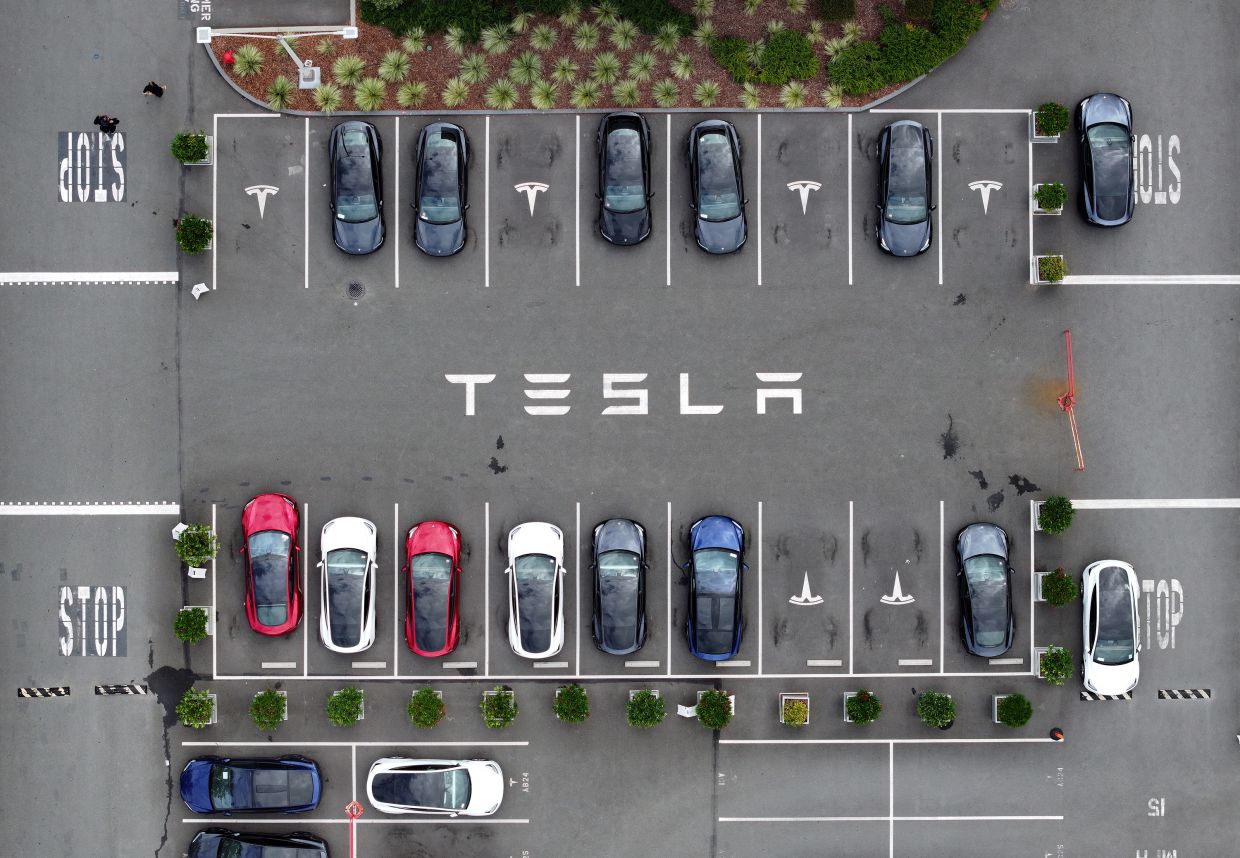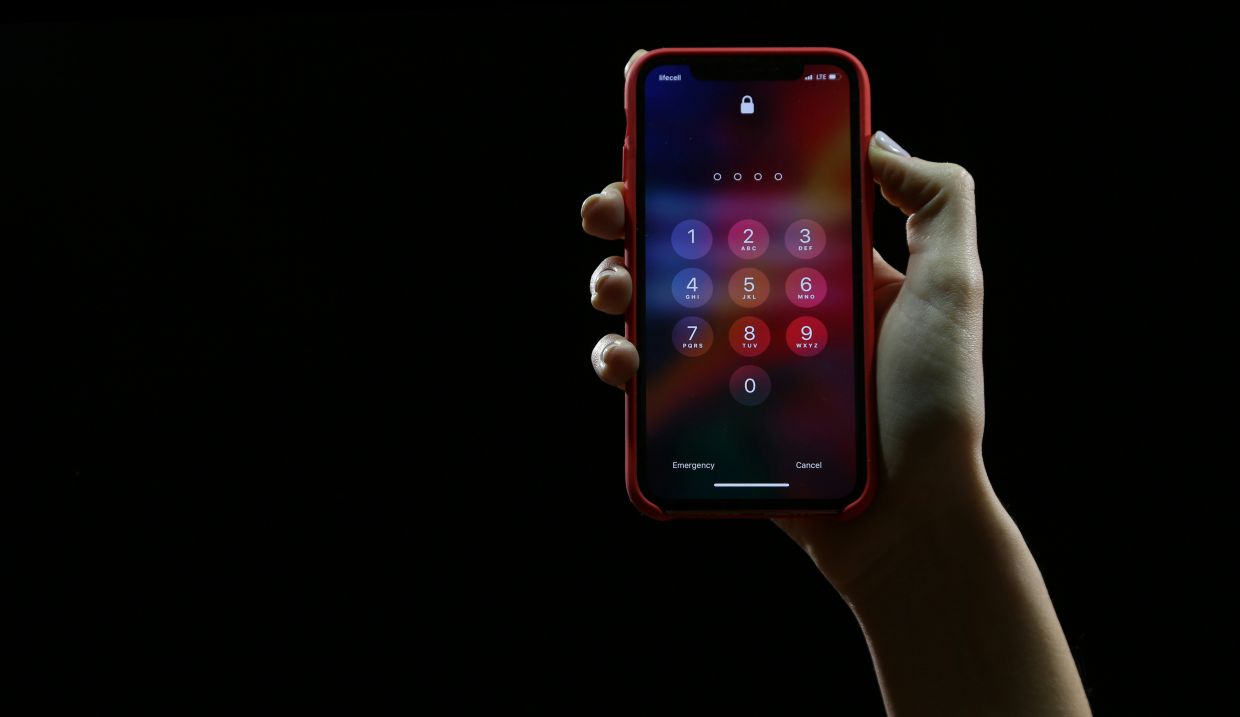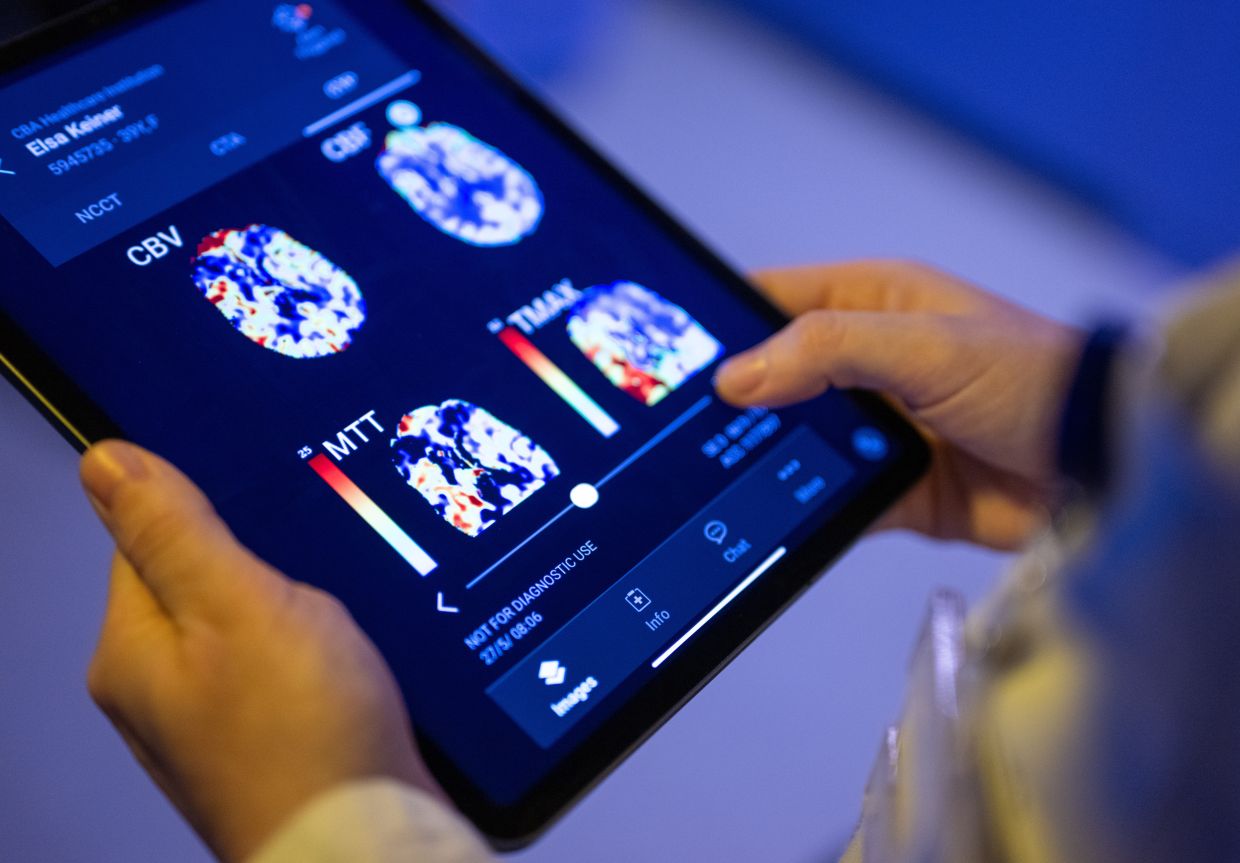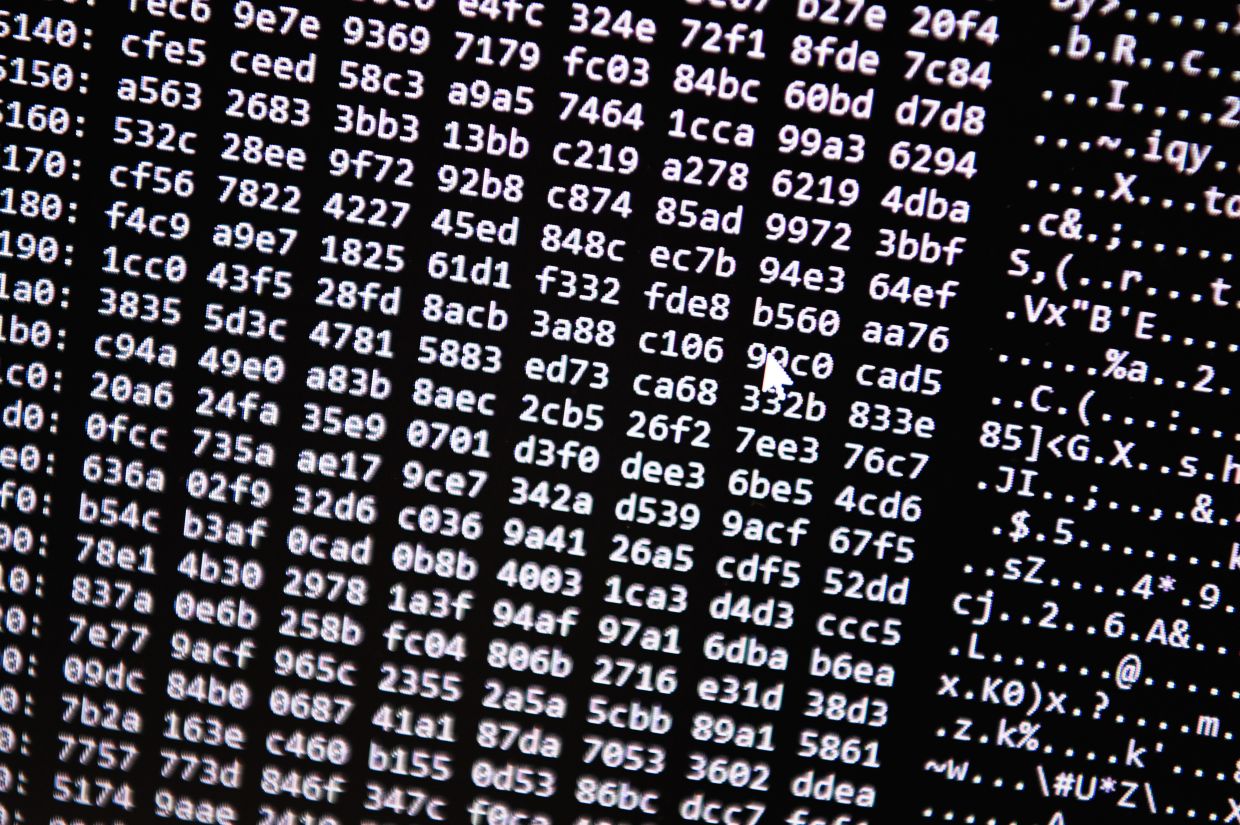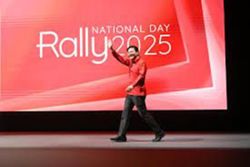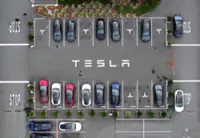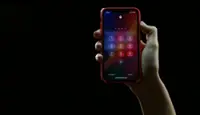
In the future, brain devices using similar technology could allow paralysed people to move or walk, Musk has said. — Reuters
Elon Musk’s Neuralink Corp used a brain implant to enable a monkey to see something that wasn’t physically there, according to an engineer, as it moves toward its goal of helping blind people see.
The device, called Blindsight, stimulated areas of a monkey’s brain associated with vision, Neuralink engineer Joseph O’Doherty said last Friday at a conference. At least two-thirds of the time, the monkey moved its eyes toward something researchers were trying to trick the brain into visualising.
The results were the first Neuralink has publicised about tests of Blindsight, a brain chip that mimics the function of an eye. This is a closely watched frontier for brain device development, a scientific field that’s testing the boundaries of how technology can be used to potentially treat intractable conditions.
As with all animal studies, it’s an open question how the results would apply to humans. The device isn’t approved for human use in the US.
The short-term goal of Blindsight is to help people see, and the long-term goal is to facilitate superhuman vision – like in infrared – Musk has said. The company has been testing Blindsight in monkeys for the past few years and is hoping to test it in a human this year, the billionaire said in March.
On the sidelines of the conference, O’Doherty declined to comment further about Neuralink’s work.
Neuralink is also implanting devices in people who are paralysed that allow them to communicate directly with computers, one of several companies in the growing technological field.
Five people have received Neuralink implants so far, Musk has said. Three were implanted in 2024 and two in 2025, according to O’Doherty’s presentation at the Neural Interfaces conference. In some cases, patients are using their Neuralink device for about 60 hours a week.
In the future, brain devices using similar technology could allow paralysed people to move or walk, Musk has said. O’Doherty co-authored a poster with academic researchers, which was presented at the conference, describing an experiment that used the Neuralink implant to stimulate the spinal cord of a monkey, causing its muscles to move. Other researchers have been working on spinal cord stimulation to restore muscle movement for several years.
Musk’s medical aspirations are a stepping stone toward the goal of increasing the speed of human communication for everyone, allowing people to "mitigate the risk of digital super-intelligence,” Musk said in 2024. He’s also building artificial intelligence through his company xAI Corp.
Eventually, the company wants the Blindsight system to include a pair of glasses to help make the chip work, O’Doherty said in his talk.
Testing in monkeys has advantages. The visual cortex in a monkey is closer to the surface of the brain than in a human, making it easier to access, O’Doherty said in the presentation. Neuralink could use its surgical robot to insert its implant into the deeper regions in a person’s brain, he added. – Bloomberg









